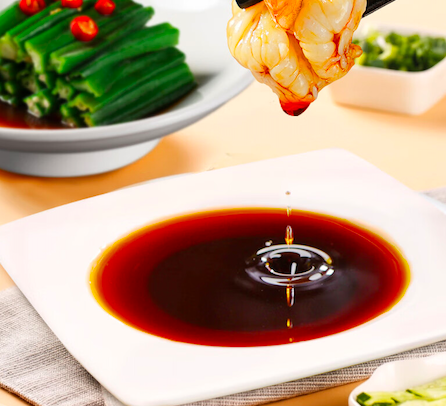What Is a Sauce vs Condiment?

Understanding the subtle differences between a sauce and a condiment is important for chefs, food professionals, and discerning consumers alike. While sauces are a specific type of condiment, many other items—such as pickles, relishes, and dry spice blends—also fall under the broader category of condiments.
This article examines key distinctions, provides examples beyond sauces, and offers insights into how condiment manufacturers adapt their products to meet evolving tastes—all without resorting to vague statements.
Shared Foundations and Key Distinctions
Sauces are a subset that belong under the umbrella of condiments. To highlight the relationship and differences, consider these characteristics:
- Definition & Composition
- Sauce: A primarily liquid or semi-liquid preparation, often combining multiple ingredients (such as stocks, fats, thickeners, spices) and used to enhance the flavor and texture of dishes.
- Condiment: Any substance added to food to amplify or balance taste. This includes sauces, spreads, pickles, chutneys, salt or spice blends, and more.
- Usage Timing
- Sauce: Usually crafted during cooking or added at plating to integrate flavor.
- Condiment: Commonly served at the table for diners to apply according to personal preferences.
- Purpose in Cuisine
- Sauce: Often an essential component that defines a dish’s character (e.g., béchamel in lasagna).
- Condiment: Acts as an optional enhancer (e.g., pickled vegetables to brighten a sandwich).
See also: The Paperless Office Dream: Realising It with a Modern Document Management System
A Broader View of Condiments
Besides sauces, the world of condiments includes many forms. Examples include:
- Pickles and Chutneys
- Pickles: Vegetables or fruits preserved in vinegar brine, adding acidity and crunch to dishes.
- Chutney: A cooked, chunky relish with sweet, tart, and spicy elements.
- Dry Seasoning Blends
- Rubs used on meat or vegetables before cooking—such as barbecue rubs or za’atar—that boost aroma, texture, and taste without being saucy.
These items differ from sauces in texture, method of use, and their place in the cooking or dining process.
Comparing Sauce and Broader Condiment Categories
| Feature | Sauce | Other Condiments (e.g., pickles, rubs) |
| Texture | Liquid or semi-liquid | Chunky, dry, or solid |
| Culinary Role | Often integrated into cooking | Served on the side for customization |
| Timing of Use | During preparation or plating | At the table or before serving |
| Examples | Tomato sauce, gravy, aioli | Pickles, spice rubs, chutneys |
(Table shown for clarity but narrative can convey these differences without formal tabular format.)
Why the Distinction Matters
Several reasons highlight the importance of differentiating sauces from other condiments:
- Recipe Precision: For chefs and food service, knowing whether an element is a sauce or a standalone condiment informs timing, portioning, and flavor integration.
- Product Development: Condiment manufacturers must categorize their offerings correctly. For example, creating a dry barbecue rub demands different packaging and storage than a liquid barbecue sauce.
- Consumer Experience: Clear labeling helps diners understand usage—whether it complements cooking (sauces) or is meant for personal customization (pickles, dry seasonings).
Practical Examples in Everyday Use
A few examples illustrate how sauces and other condiments interact in meals:
- A pan-seared chicken might be finished with a creamy mustard sauce, crafted during cooking. At the same time, diners might use a side of pickled red onions to accent the dish with acidity.
- Grilled meat could be basted with a barbecue sauce during preparation, while also offering a packet of dry rub at the table for added spirit.
These scenarios show sauces as foundational elements and other condiments as customizable accoutrements.
Conclusion
Sauces represent just one category within a wide-ranging world of condiments—those various substances added to food to enhance flavor. While sauces are typically liquid-based and integrated during cooking or plating, condiments also include pickles, chutneys, dry seasonings, and more, served at the table for individual preference.
Recognizing this distinction is essential for precise cooking, effective product design by condiment manufacturers, and a refined dining experience. Whether stirring a sauce into a dish or sprinkling a spice rub on the side, understanding each category’s role ensures optimal flavor delivery and culinary enjoyment.




